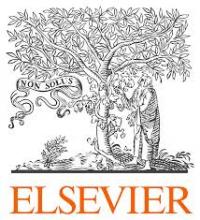Resource information
The status of urban forests and other green open spaces has always been ambiguous within the context of rural-urban peripheries. On one hand, most European countries have introduced protected green zones around cities to contain their sprawl and to provide urban dwellers recreational space and sanitation services since the early days of city planning policies. On the other hand, the ecosystems of green open areas remain under high pressure due to high demand for suburban land, causing issues ranging from illegal dumping to ecosystem fragmentation and forest loss. In Eastern Europe, in particular in the former USSR, rural-urban peripheries went through series of socio-economic transitions that resulted in complex interplays of socialist and post-socialist institutions. In this paper we explore these interplays in the context of land-use dynamics of rural-urban peripheries of two middle-sized cities in Belarus (MahilioÅ) and Russia (Pskov), with particular attention to open green spaces and environmental status of their ecosystems. We describe the properties of the rural-urban peripheries of MahilioÅ and Pskov, offer an overview of legal frameworks and actor networks involved in the planning policies, and describe land-use pressure on ecosystems. Then, we discuss dilemmas of spatial planning in ruralâurban, including spatial investment, regulation, and spatial intervention dilemmas. Planning process in the two cities demonstrates a search for compromise between a compact city cherished by the socialist planning tradition (and supported by plannersâ backgrounds and existing regulatory frameworks), and the increasingly noticeable tendency toward urban sprawl.



